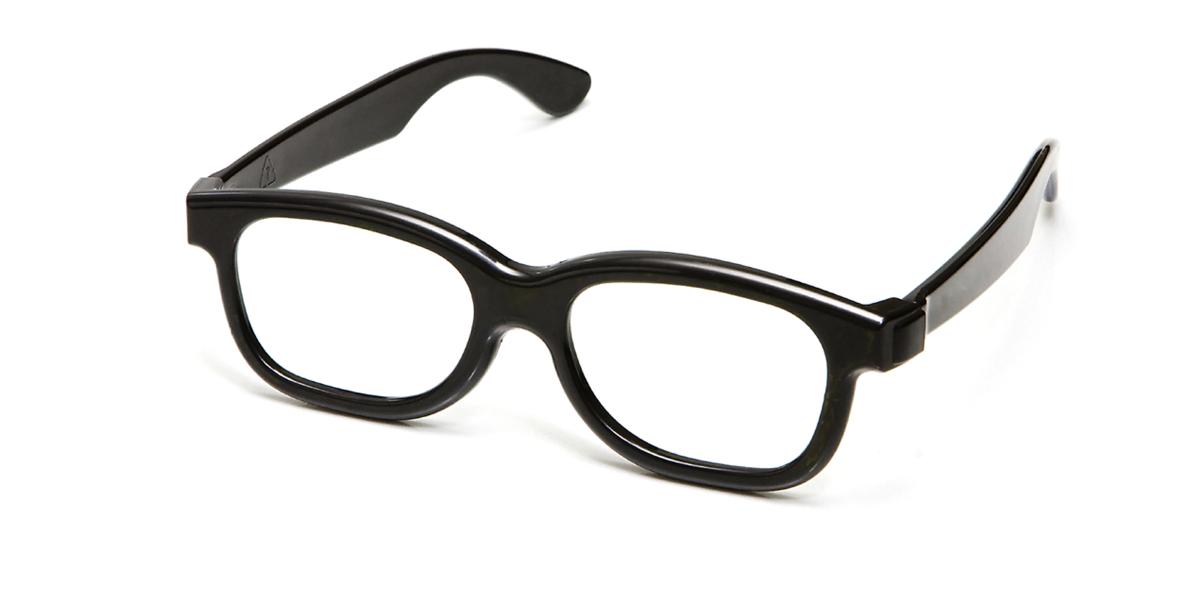Vision Quest
For many people with poor vision, all that’s needed for them to see clearly is a pair of glasses. Yet an estimated 158 million people who need glasses don’t have them. According to a new study, their poor vision costs the global economy between $121 billion and $269 billion each year in lost productivity.
In developed countries, a multitude of options exists for people with bad eyesight— glasses, contact lenses, laser surgery. In parts of the developing world, however, vision correction is prohibitively expensive or unavailable. And people who can’t see clearly have limited job options. “If we could marshal the resources to address this problem,” says Kevin Frick, PhD, MA, an economist in the Department of Health Policy and Management and a study author, it would “likely have a positive economic impact.”
The new study, in the June issue of the Bulletin of the World Health Organization, focuses on the kind of vision impairment that can be corrected with glasses, called “refractive error.” According to WHO, uncorrected refractive error is the leading cause of poor vision and the second leading cause of blindness after cataract. Some people have such poor vision that they are considered legally blind, although many have some remaining vision.
To estimate annual productivity lost, Frick and colleagues took WHO’s regional estimates of uncorrected refractive error and combined them with national data on population and per capita gross domestic product. The researchers assumed that blind people are 60 percent less productive than those with 20/20 vision, and that people with moderate vision impairment are about 25 percent less productive. They also reasoned that visually impaired individuals would need caretakers, so they factored in a 5 to 10 percent productivity loss for those people as well.
Adjusting for unemployment and labor participation, the total productivity lost is $268.8 billion. An even more conservative estimate, which assumed that no one over the age of 50 is economically productive, brought the estimate down to $121 billion. “For every person who doesn’t have glasses around the world, we’re talking about $1,000 worth of productivity lost every year,” Frick says.
But the problem isn’t just a monetary one. It also affects quality of life. In some countries, “there’s at least some segment of kids who won’t be able to see the blackboard,” he says. “That may contribute to those children’s academic achievement and literacy.”
The authors estimate that an additional 53 million pairs of eyeglasses would be required per year to fill the unmet need.
A number of models exist for getting glasses to those who need them. For example, several charities collect unwanted eyeglasses in developed countries and ship them to other parts of the world. But none of the models has spread and taken hold, Frick says. “What’s needed is a brilliant social entrepreneur,” he says. “If somebody could just figure it out, they could do the world a really big favor.”
Joshua Silver, an atomic physicist and director of the University of Oxford’s Centre for Vision in the Developing World, has a few ideas. He invented cheap eyeglasses that adjust with the turn of a knob, allowing wearers to correct their own vision. His goal is to distribute a billion pairs by 2020.
Frick says Silver’s glasses are functional, but he is skeptical. The last pair he saw was “kind of clunky and not necessarily appealing,” he says. “However, the idea is a good one and future models may work much better.”
